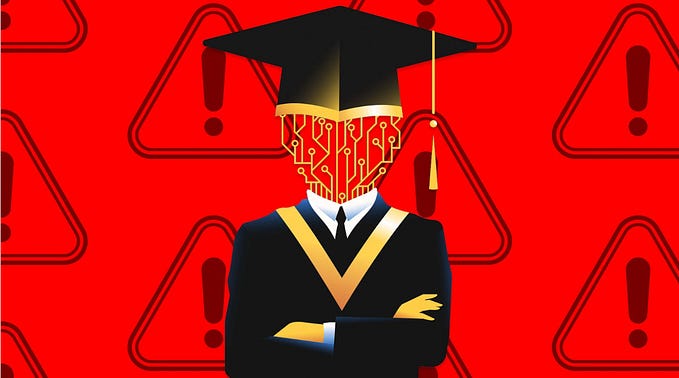Member-only story
The urinary tract infection business-model
Welcome to the self-destructing space-ship future.

There were two competing visions at the dawn of the modern digital era: in one camp, you had people who saw computers as a way to empower people to push back against corporate and state control; in the other camp, there were the people who wanted to use computers to transfer power from the public to corporations or governments.
I’ve always been baffled by the technologists who pursued control over liberation: surely their own formative experiences were of the liberatory power of technology. After experiencing that power, how could these Vichy nerds lend their skills to the project of forging digital shackles?
https://pluralistic.net/2020/10/12/redeeming-hackers/#origin-stories
And yet, there they were, from the earliest days. Back in 2017, Redditor /u/vadermeer was browsing a Seattle thrift-shop and unearthed a trove of early internal documents from Apple’s SSAFE project, an early, doomed DRM project from 1979:
The files (now hosted at the Internet Archive) are a chronicle of the battle between technologists pursuing user liberation and technologists who want…







